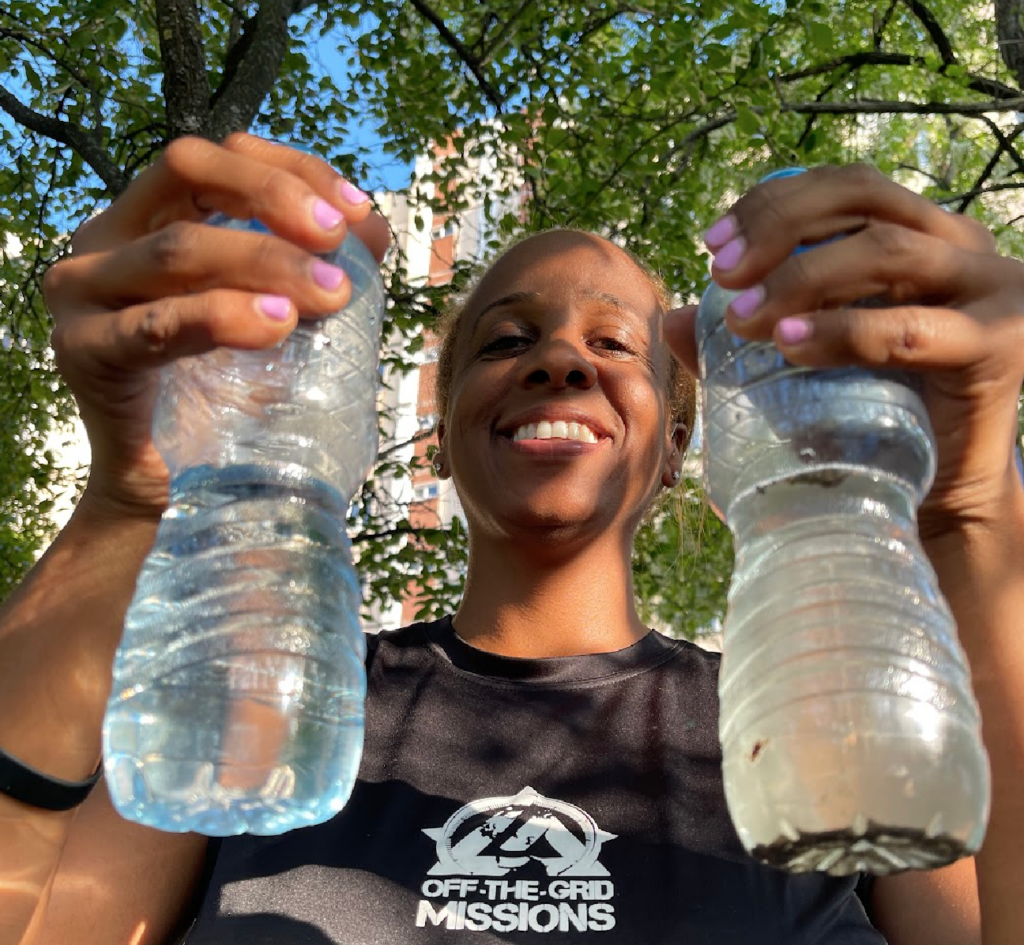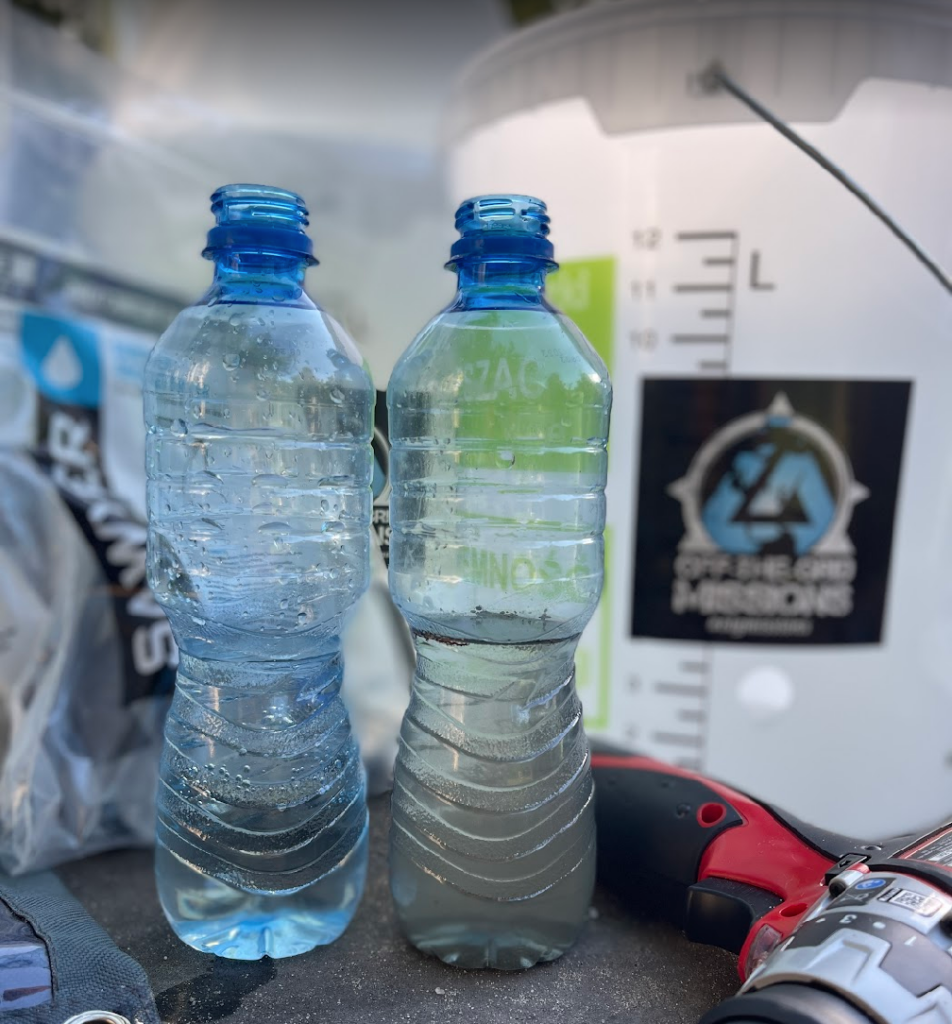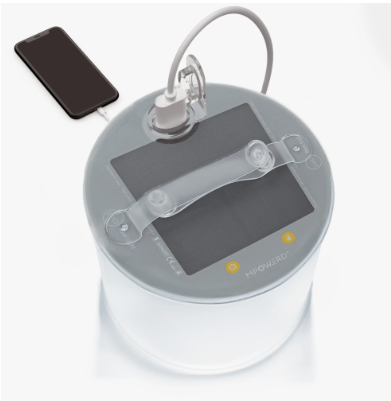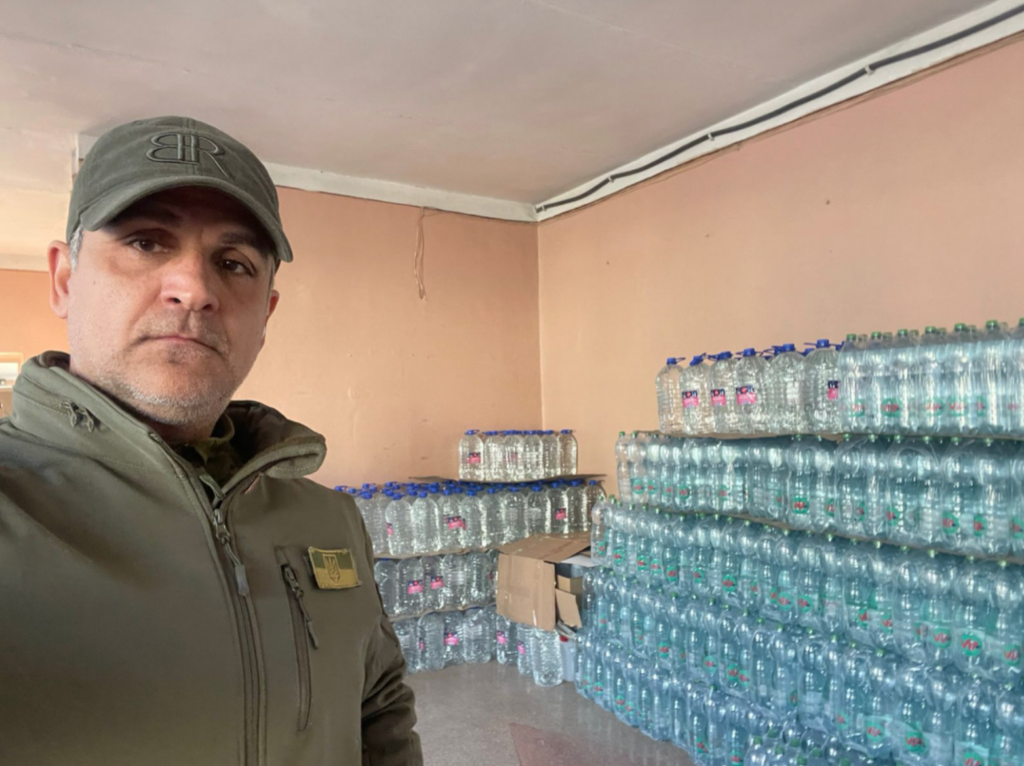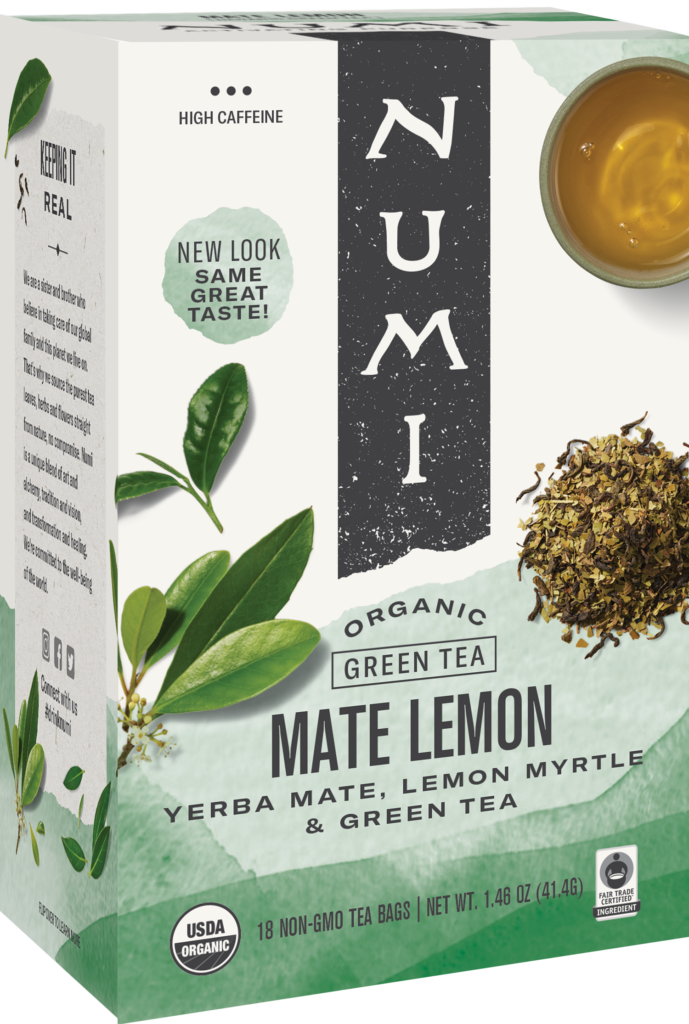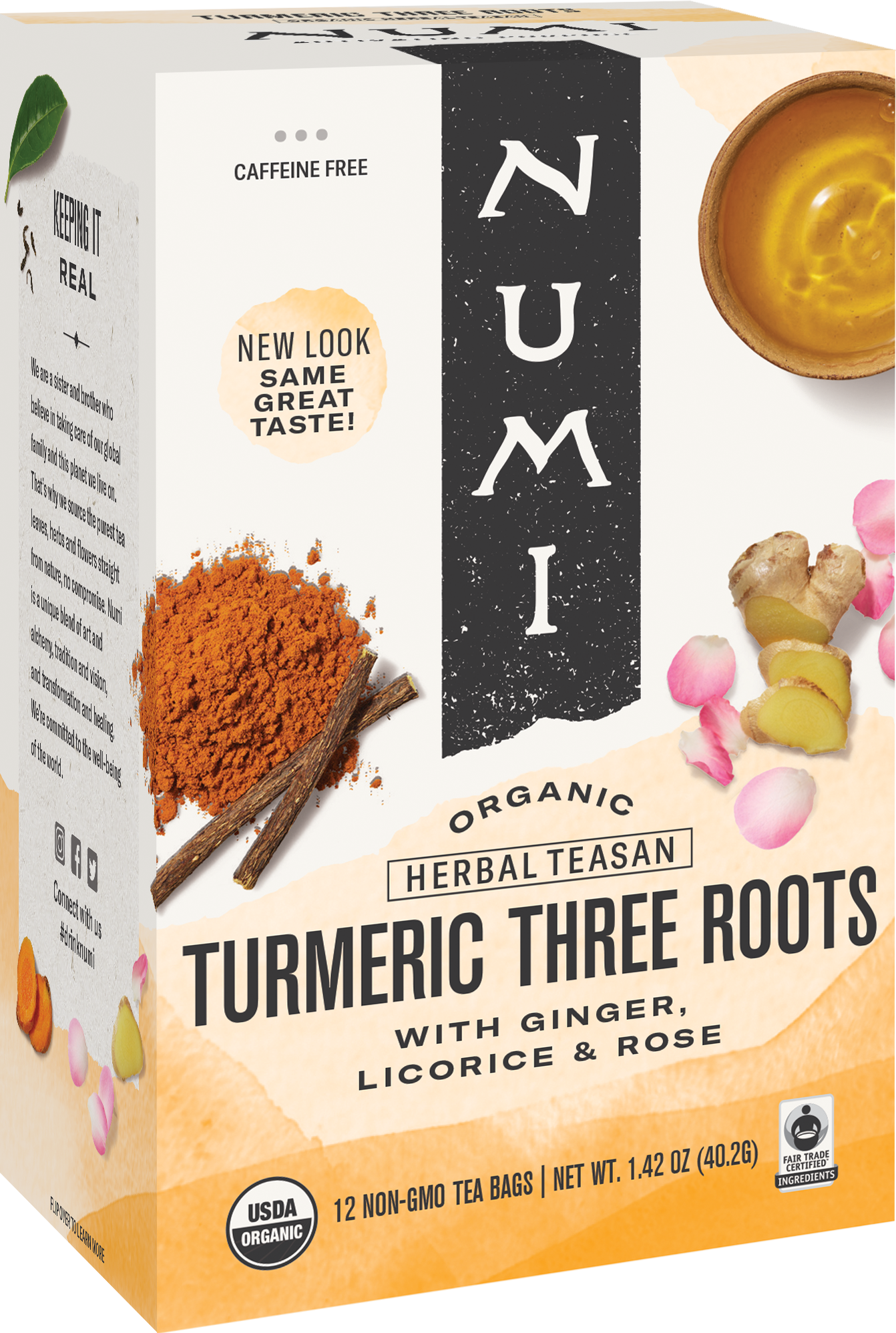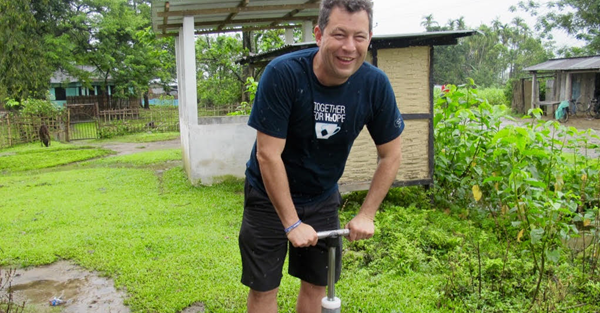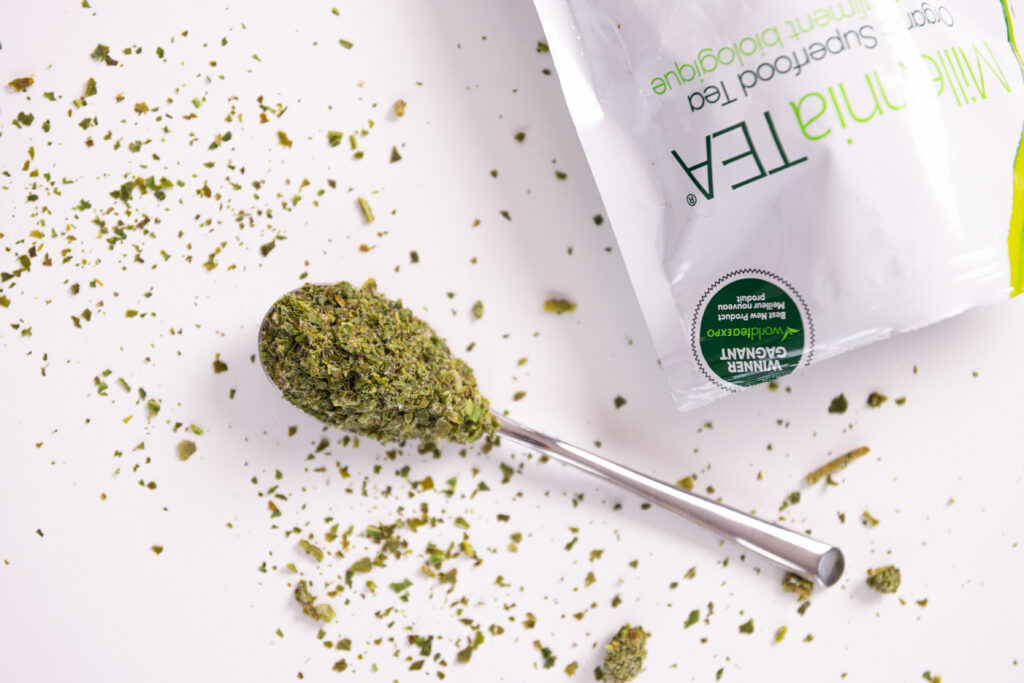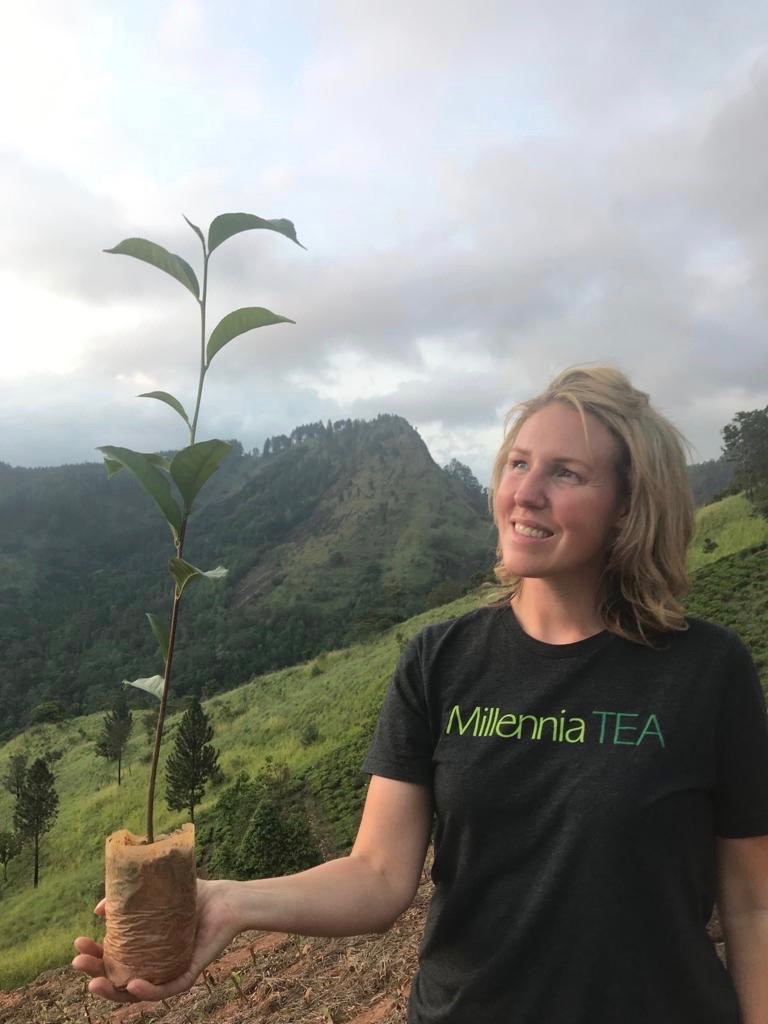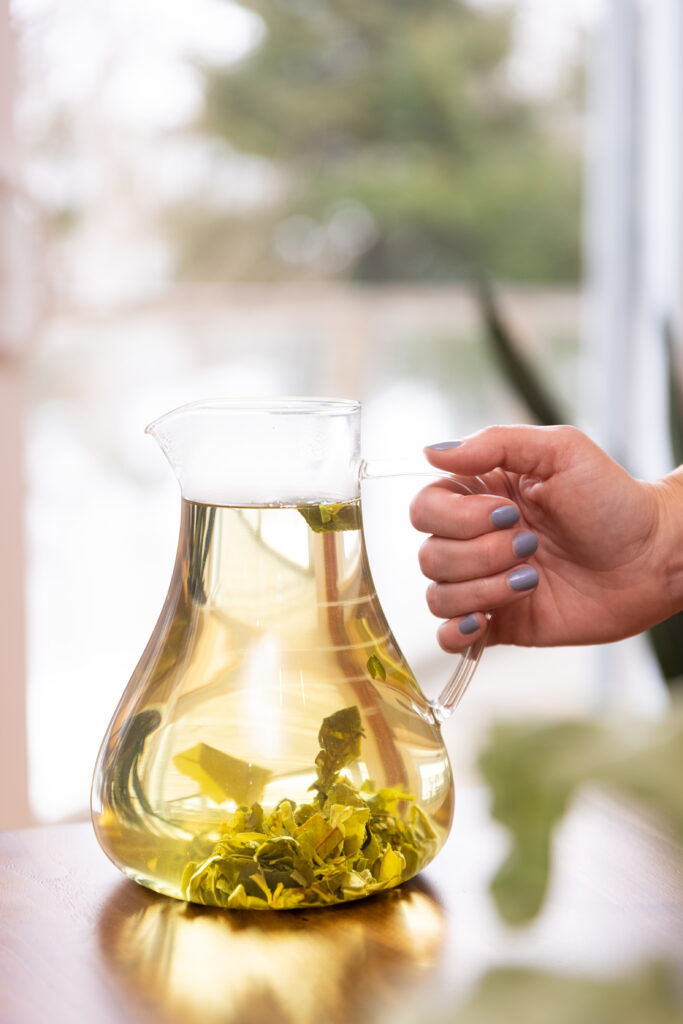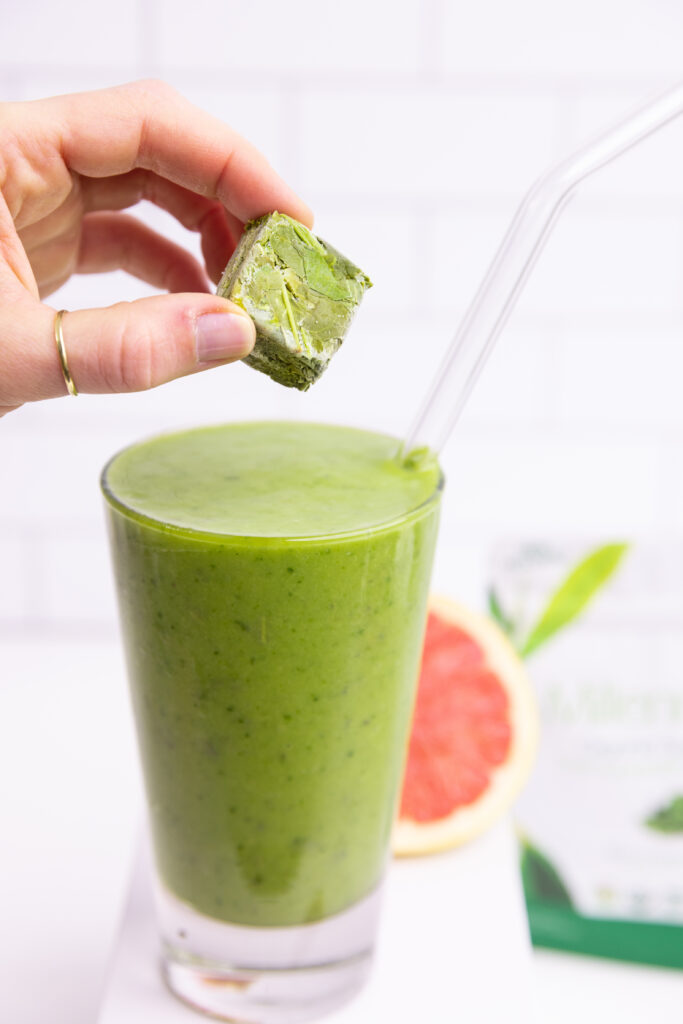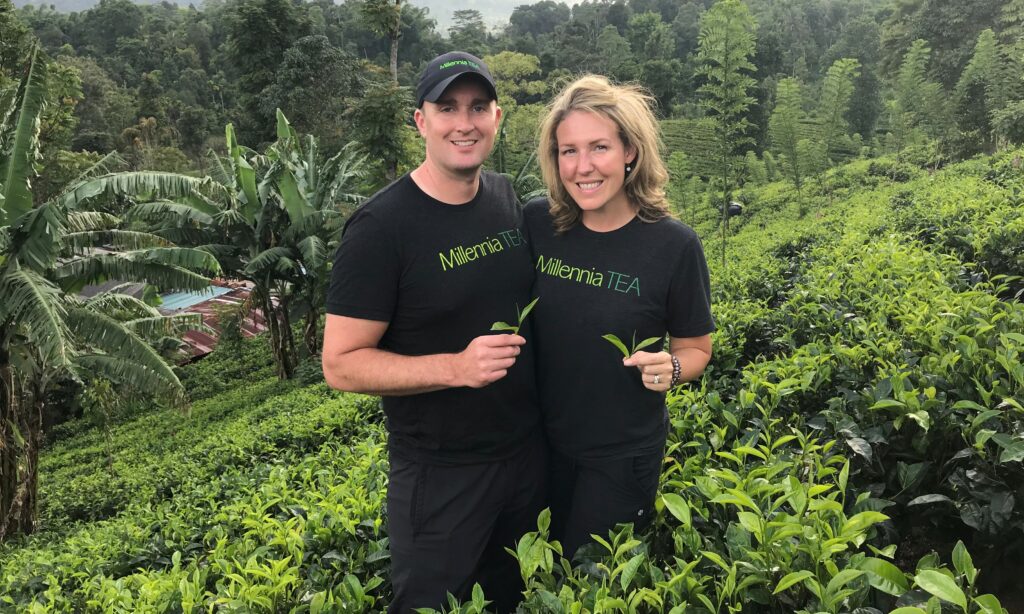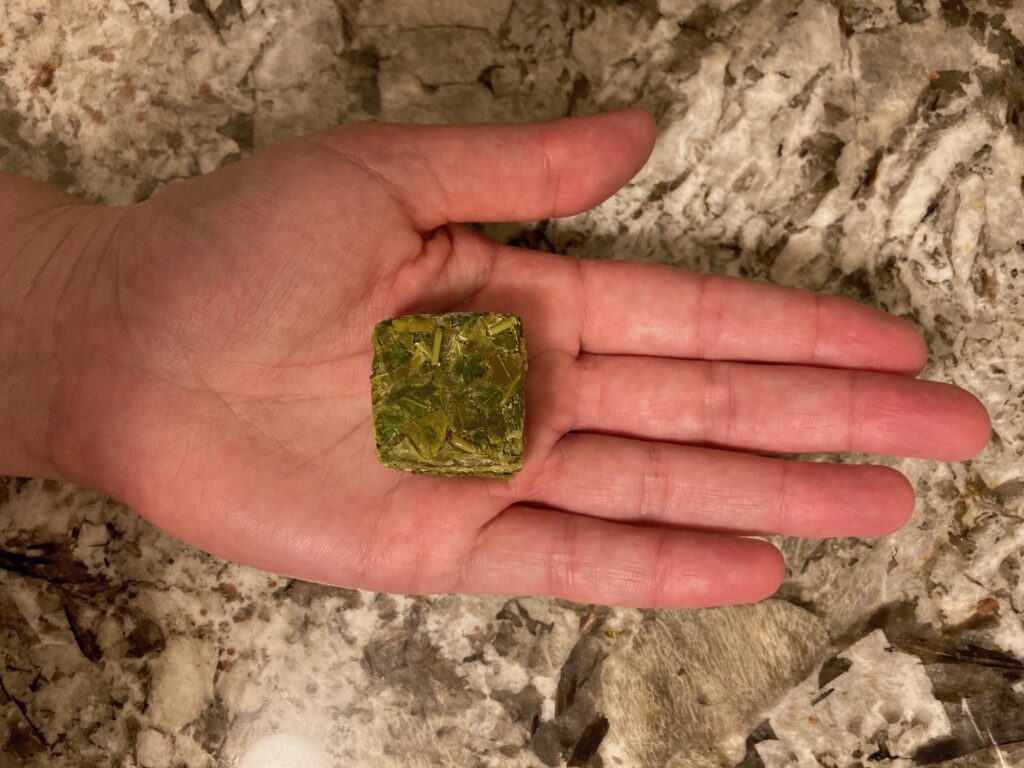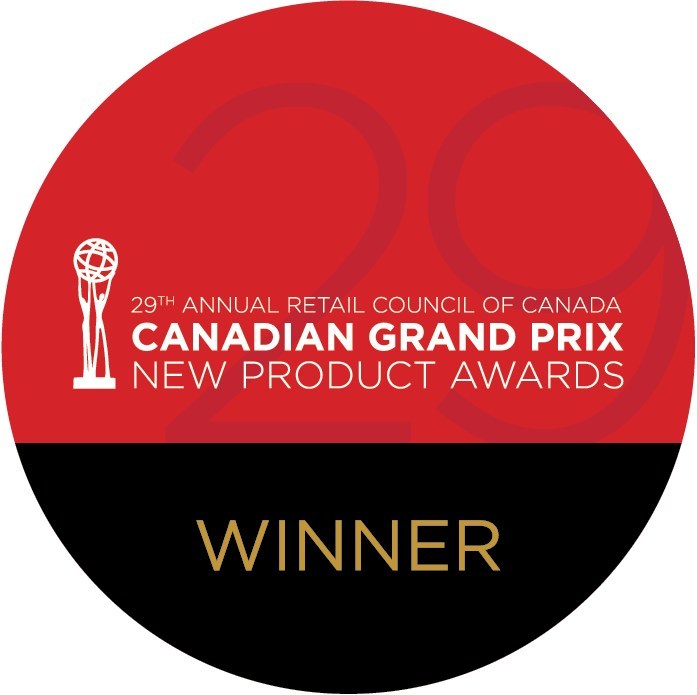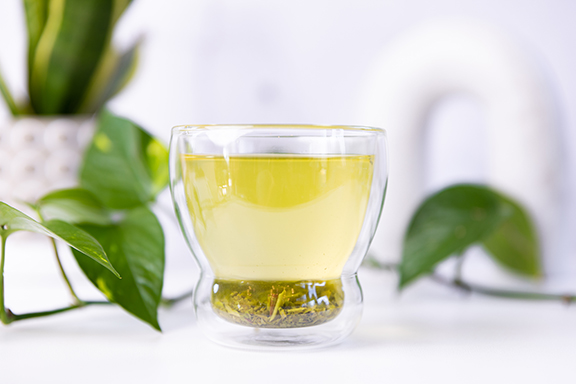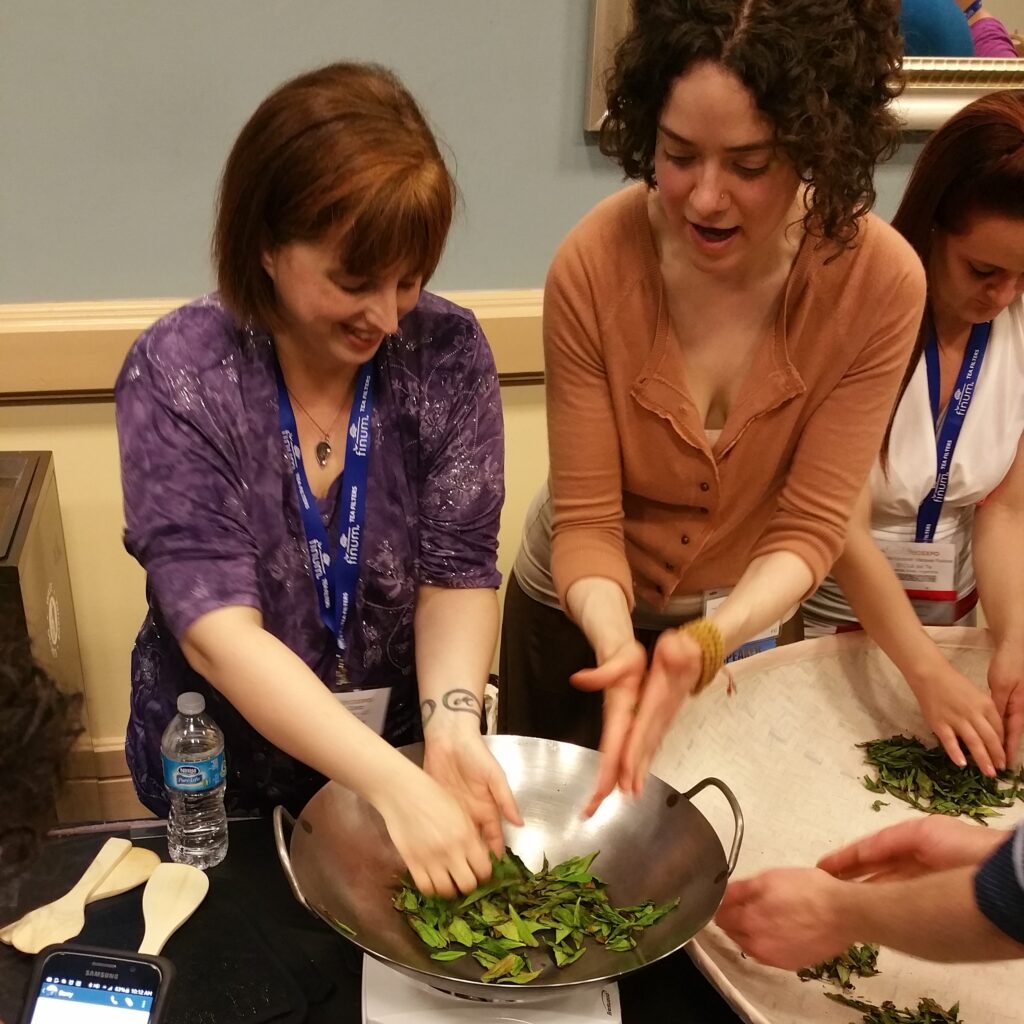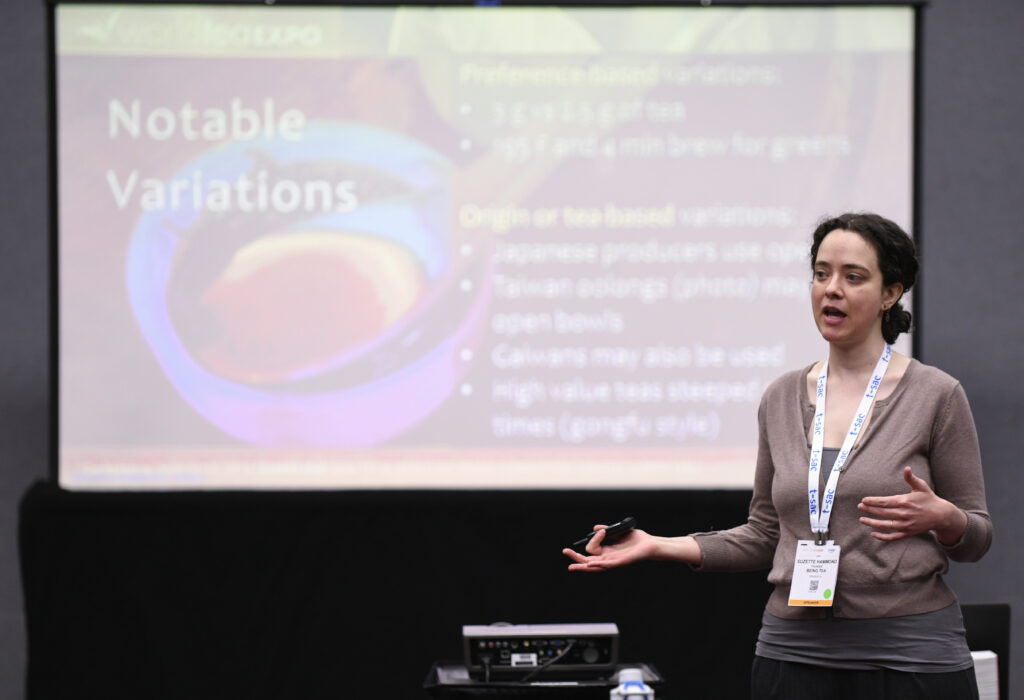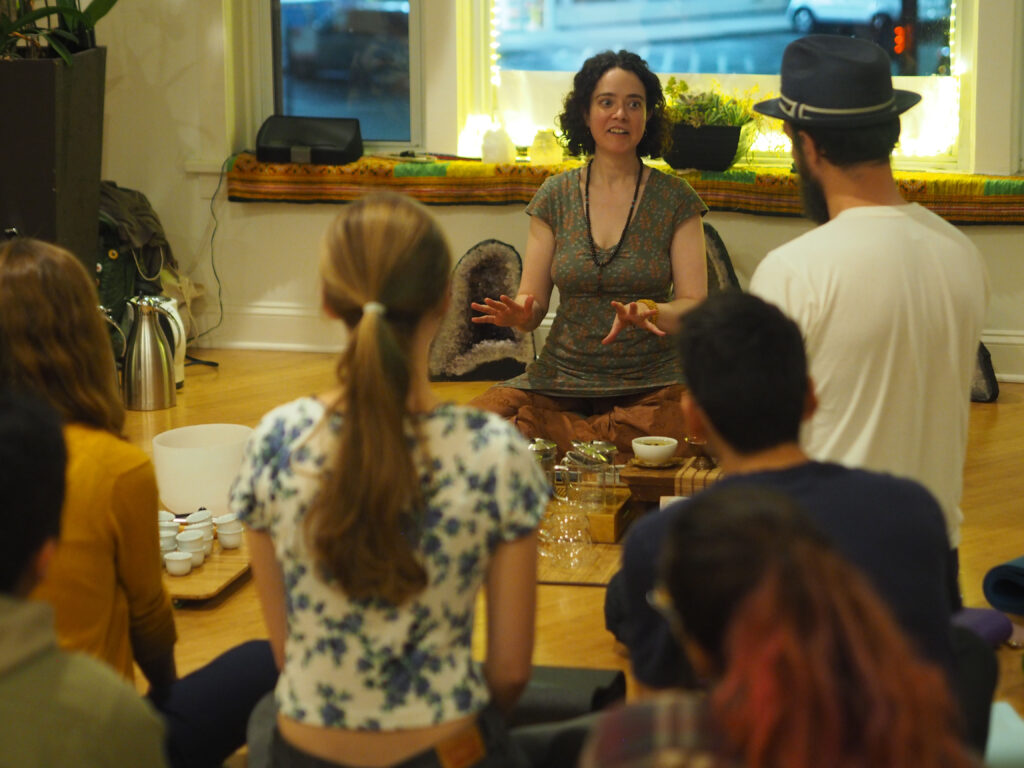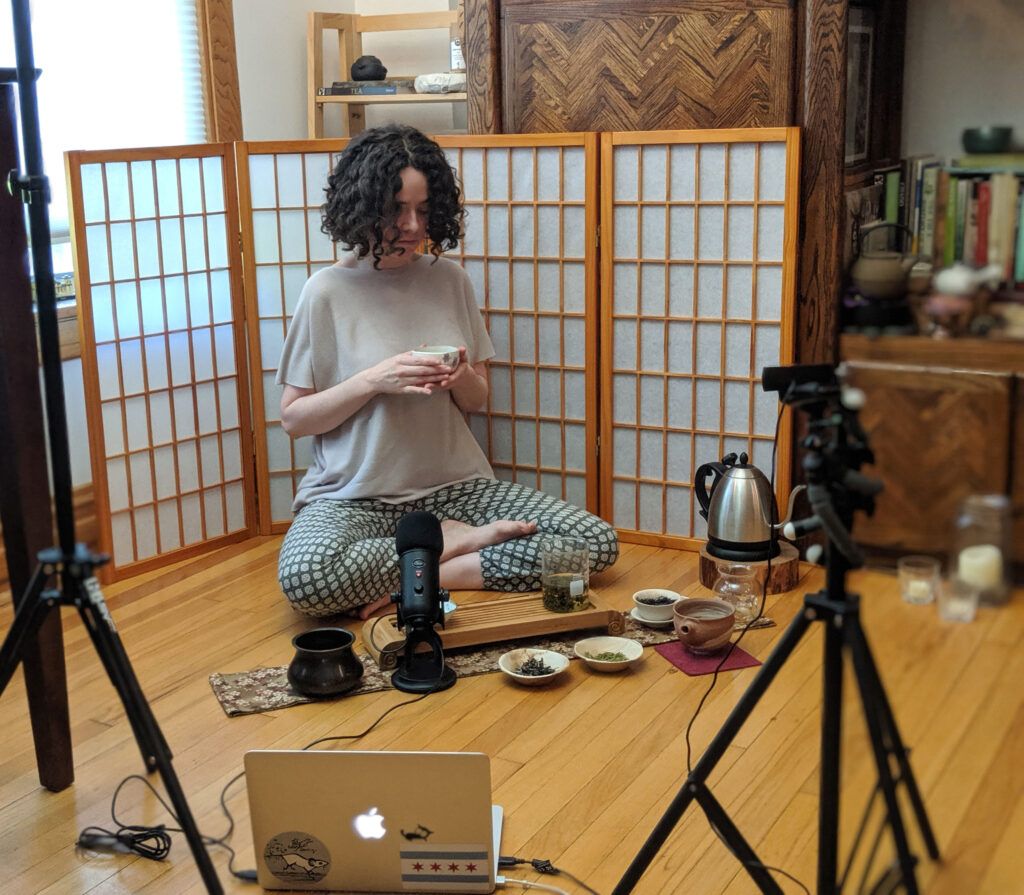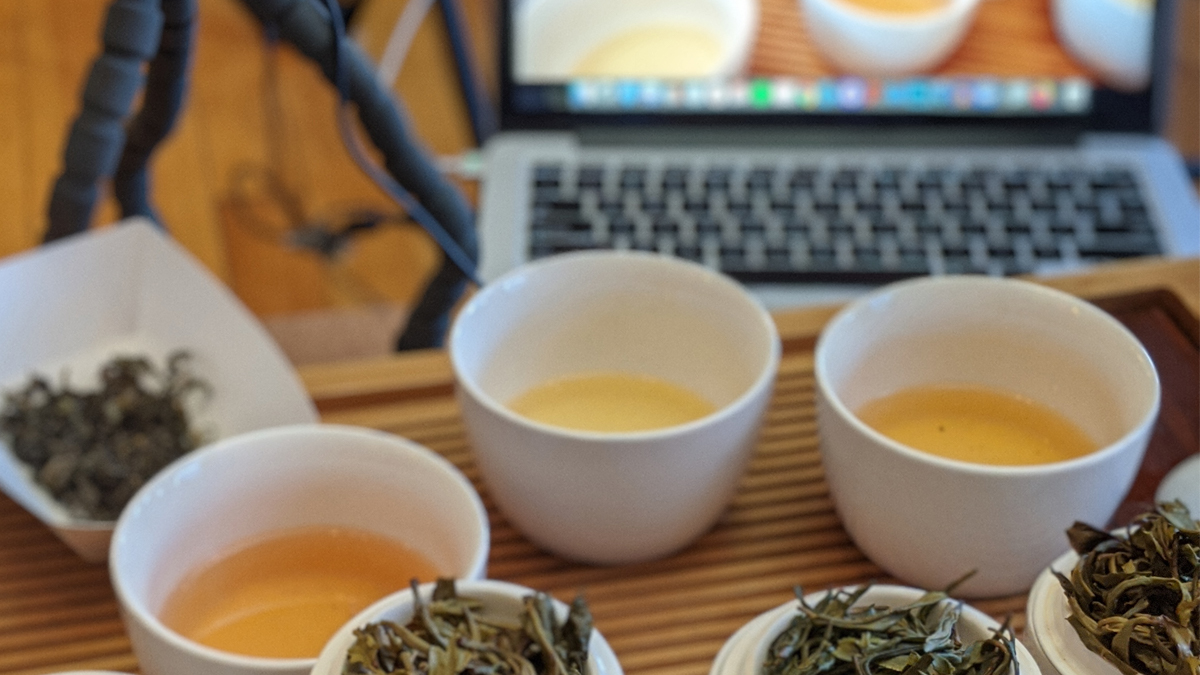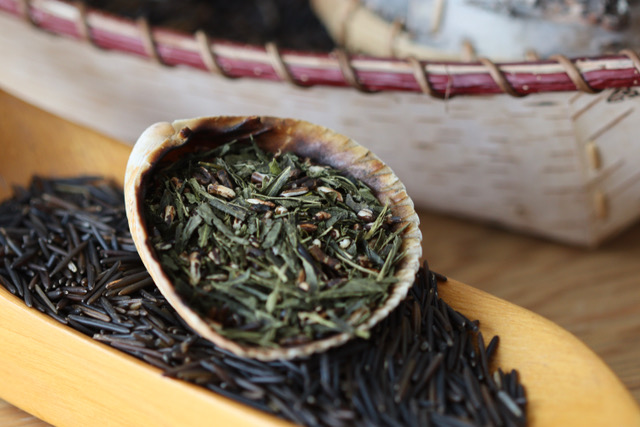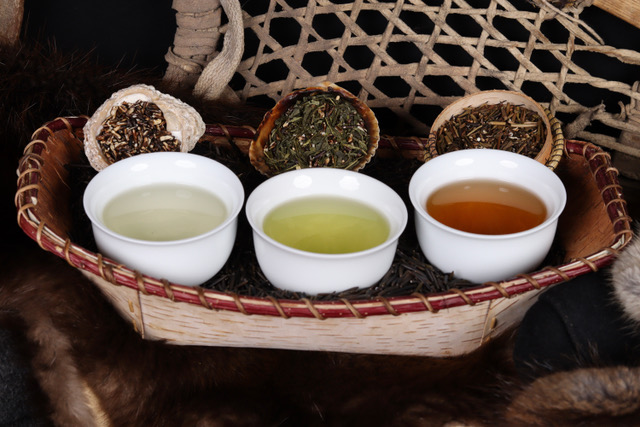This year’s International Tea Day, Sunday, May 21, will be remembered for tea lovers near Eugene, Oregon, in the Pacific Northwest of the United States. Advanced tickets are $10. Day-of tickets are priced on a sliding scale. The event is from 10 am to 4 pm at the Farmers Market Pavilion and Plaza.
Inspired by other regional festivals — like the Northwest Tea Festival and the Portland Tea Festival — Madelaine Au founded the event to bring the “awe and wonder” of tea to the community. Madelaine chatted with Tea Biz about what it’s like to organize her first tea festival.

Inaugural Tea Event to Reveal the Awe and Wonder of Tea
By Jessica Natale Wollard
Planning a tea festival from scratch is a major undertaking, but thankfully there are great examples worldwide. Madelaine, where did you draw inspiration for your inaugural Eugene Tea Festival?
Madelaine Au: I was inspired by the Northwest Tea Festival, which I attended for the first time in 2017, and I was really blown away by how much diversity there is in the tea world and just the magic of tea.
And from there, I started looking for as many tea opportunities as possible; I ended up volunteering for the Portland Tea Festival as the volunteer coordinator, which really cemented my love for tea festivals.
When I moved to Eugene, Oregon, and realized that there was no festival there, and there was also not as strong of a tea community, I was really motivated to start the tea festival. I had encouragement from local businesses, and that was the start of it all.
Jessica: The festival will have tea tastings, a marketplace, and educational workshops. Are the vendors and educators attending from around Eugene or beyond?
Madelaine: We have diverse vendors coming from different locations, the furthest from New York. It is mostly local vendors, and I am wanting to really highlight folks that are in the Eugene area because I think we’ve got a lot of amazing local businesses, but we do have different vendors from Washington, California, and a couple of other places.
Jessica: It sounds like your circle of tea acquaintances is expanding rapidly. Any tips for our listeners on attracting sponsors and vendors when you’re holding a brand-new event?
Madelaine: I am lucky that I work in the tea industry, and many of our sponsors are people I’ve worked with in different capacities. Honestly, just reaching out is the best thing you can do: calling, emailing, putting together a pitch. And not being afraid just to put yourself out there.
Jessica: Can you tell us about the workshops that will take place at the festival? Are they for tea professionals, tea enthusiasts, or both?
Madelaine: We do have a mix of educational workshops. It really does range from Tea 101, which is really for the public, for people who are not as familiar with tea, to tea bag manufacturing, which is 100% a mostly-for-professionals workshop that we have. But I’m excited, and I hope that the general public also attends those types of workshops to learn a little bit more about the industry because it is fascinating.
Jessica: How did you select those topics?
Madelaine: I reached out to different people I have connections with within the tea industry, and I let them select their topics because I wanted them to speak and give workshops from their place of expertise. I asked some of the vendors to do Tea 101 workshops because I think that’s a really important workshop to have, but we do have diversity.
Some examples of our workshops are Tea Time for Your Grief; Tea as Art; Tea as Medicine; Tea as Culture; A 5000-year History of Tea; and the Origins of Nepali Teas.
Jessica: Can you say a little more about the tea and grief workshop?
Madelaine: So this is a topic that is being led by my friend, who owns her own business, Melissa Ulven Coaching. She’s been doing a lot of research and work on death planning.
It is an entry-level workshop that will describe the use of adaptogen teas and tips for establishing a tea ritual for times of grief and bereavement. It’s essentially using tea as a vehicle for processing grief, which I think is really beautiful. I can personally attest that tea has allowed me to find healing.
Jessica: What do you hope festival attendees take away from the event?
Madelaine: I hope that people who attend the festival are inspired to connect with other people, to build community, to be a part of the community, and that they feel a general sense of awe and wonder. Because I think that that’s what tea festivals are really capable of inspiring, and also that people learn about tea and that they learn about the history of tea and different cultural practices.
We’re going to have a variety of tea ceremonies happening in the marketplace. I hope everyone can participate in a tea ceremony because there’s much to learn from it.
It sounds like Madelaine and her team have created a fascinating line up for this International Tea Day, which will inspire “awe and wonder.” Find out more about the inaugural Eugene Tea Festival at eugeneteafest.org.

